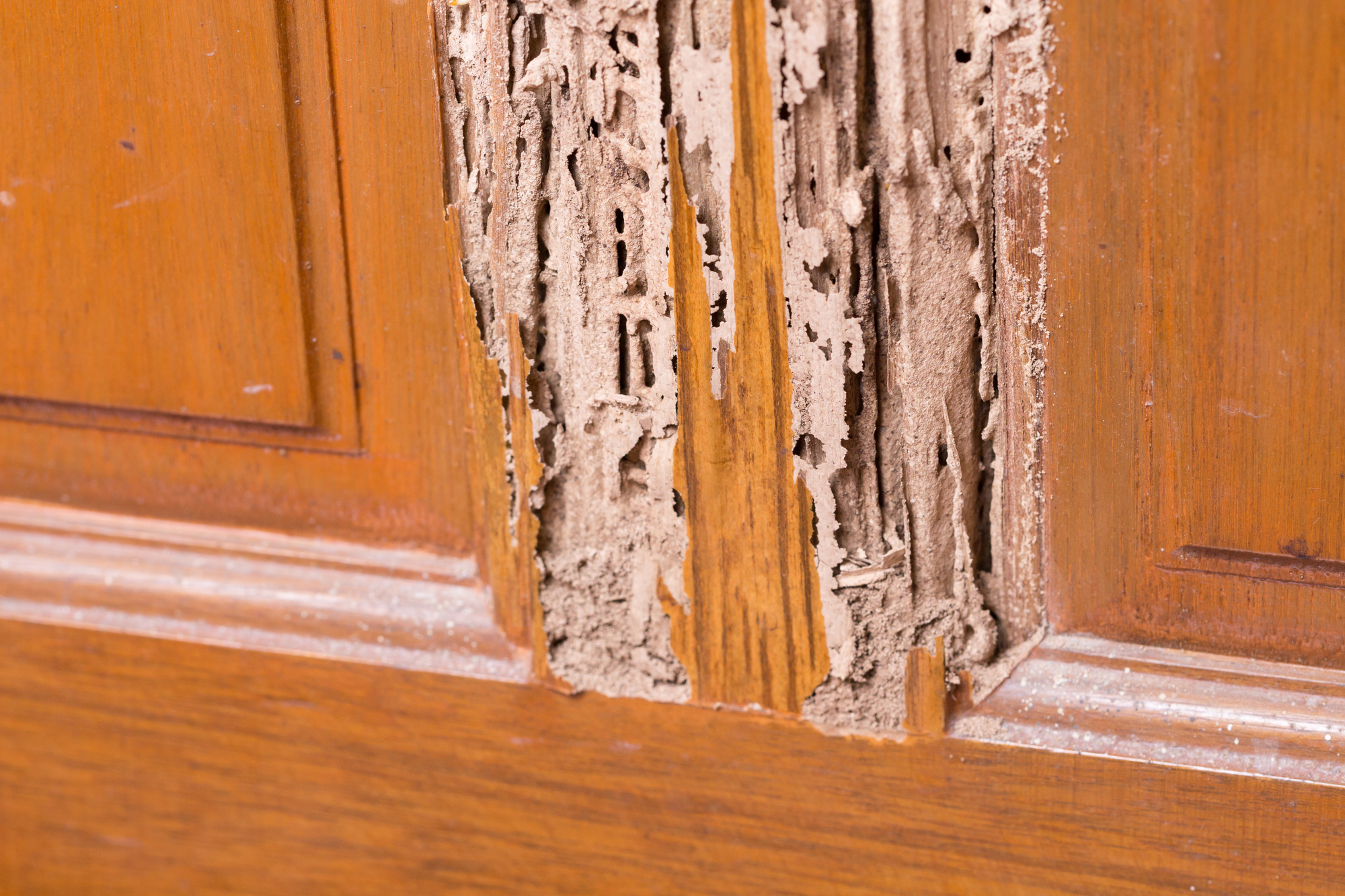
3 Key Ways to Tell If Your Home Has a Termite Infestation
Did you know that there are 28 species of termites regarded as invasive worldwide? Worse, they cause economic damages amounting to an estimated $40 billion each year.
All that should give you an idea of how costly it is to have a termite infestation. For that reason, it’s vital to learn how to recognize an invasion before the said critters eat away at your home.
To that end, we created this guide listing the top signs of termites you need to be on the lookout for. Read on to discover what to look for and do as soon as you notice such symptoms.
Table of Contents
1. Termite Tunnels
Termites need constant moisture because, without it, they will die from desiccation. For that reason, they create tunnels made of their saliva mixed with soil and wood. Also known as mud tubes, these pathways protect the critters from dry air by locking in moisture.
In addition, termite tunnels serve as a gateway from a colony’s nest to a food source. Moreover, the tubes protect the insects from predators.
Termite tunnels look pretty much like dirt packed into cracks. They’re thin and narrow, around 1/4 to 1 inch in diameter, and can sometimes be flat or appear embossed on a surface. They can form straight or winding lines, while others have several branches.
Many mud tubes are visible, especially if present along exterior walls or siding. As such, make sure you check your home’s outdoor perimeter for these tunnels.
However, some termite tubes can be inside foundation cracks or crawlspaces. Others can also be hiding behind baseboards. Thus, it’s best to look at the ground itself to see if there are tunnels that start from the soil around your home.
In any case, call a pest control company as soon as you see termite tunnels. Do that even if the tubes are dry or don’t have any live insects. Empty tunnels only mean that the pests have moved on to create other pathways.
2. Swarming Termites and Discarded Wings
Swarming termites, known as alates, are the winged, reproductive members of a colony. Their purpose is to find a mate, multiply, and expand their population. Lights attract them, which is why you’ll find them swarming near light bulbs and windows.
The season in which you may see swarms depend on the exact termite species you have.
For instance, alates that go out in the spring are usually of the subterranean species. On the other hand, drywood termite swarms come out in late summer or early fall. By contrast, dampwood termites let their reproducers out in the summer.
It’s imperative to call a termite control expert as soon as you see active swarms. That’s because alate activity occurs three to five years after colony establishment. That means you have an active termite infestation and that the colony has matured.
Even if you miss the swarms themselves, you may find tiny wings on the ground. Those are the wings discarded by alates after they land on a surface and find a mate.
So, if you see such detached insect parts, get in touch with a pest control company ASAP. After all, those wings are an indication of a potential new colony. If you allow that new nest to grow, you’ll have a much harder time getting rid of termites.
3. Structural Damage
All termites, invasive or not, feed on the organic compound called cellulose. Cellulose, in turn, is the primary building block of plants and trees. Thus, the wood and paper materials in your home can nourish these critters.
However, just like humans, termites don’t like distractions during meals, either. That’s why they feed in hiding, usually eating away at wood from the inside.
So, how can you tell that you have structural damage from a termite infestation then?
Pin Holes on Wallpaper or Tiny Punctures on Drywall
Termites may leave those small cavities after eating through the drywall or wallpaper. You may see dirt inside the holes, too, which can indicate subterranean termites. By contrast, empty pits may be a sign of drywood termites.
Hollow-Sounding or Squeaky Wood Boards and Panels
Such sounds are some of the worst termite signs, as they can mean that the wood is really hollow. That, in turn, often indicates long-term colony infestation.
Please keep in mind that severe damage can cause wood boards or panels to crumble or sag. That’s a hazard, as placing any extra weight on the material can make it collapse. So, if you hear any of those sounds, call a termite control expert right away to get your home inspected ASAP.
Doors and Windows That Catch or Get Stuck
Termite feeding activities cause changes to the structure of the materials they eat. For example, when they feast on the wooden parts of windows or doors, those components can warp. Warped doors and windows, in turn, can be hard to open or close.
Chipping or Flaking Wood
Over time, termites can cause enough damage to make wooden materials blister. As such, you may notice small chips or flakes of wood on the floor or the exterior grounds. Touching the damaged wood may also cause it to crumble and reveal more interior damage.
You may also notice tiny mounds of stuff that look like saw-dust or wood shavings. Those are most likely termite frass; the excrements (poop) dropped by these critters.
Don’t Delay Addressing a Termite Infestation
Please keep in mind that a termite infestation can go undetected for years. That’s why it’s best to know how to recognize termite invasions at home.
Most importantly, consider investing in routine termite inspections. That way, pest control experts can eliminate them as soon as they discover an active colony.
Are you interested in even more home-related guides like this? If so, then please feel free to browse our other latest news and blog posts!








